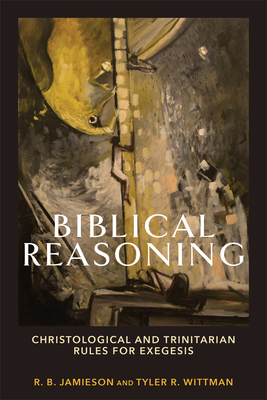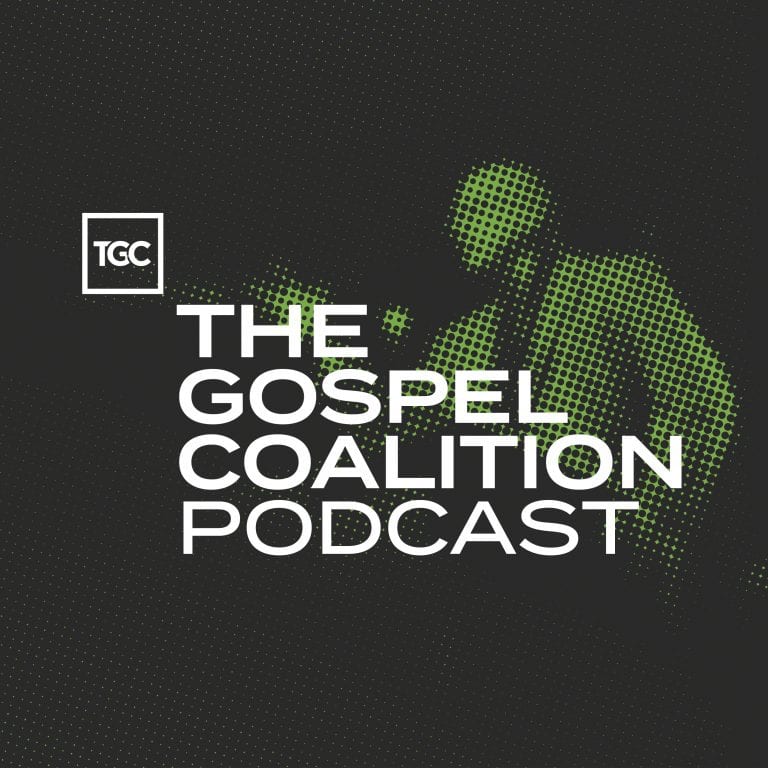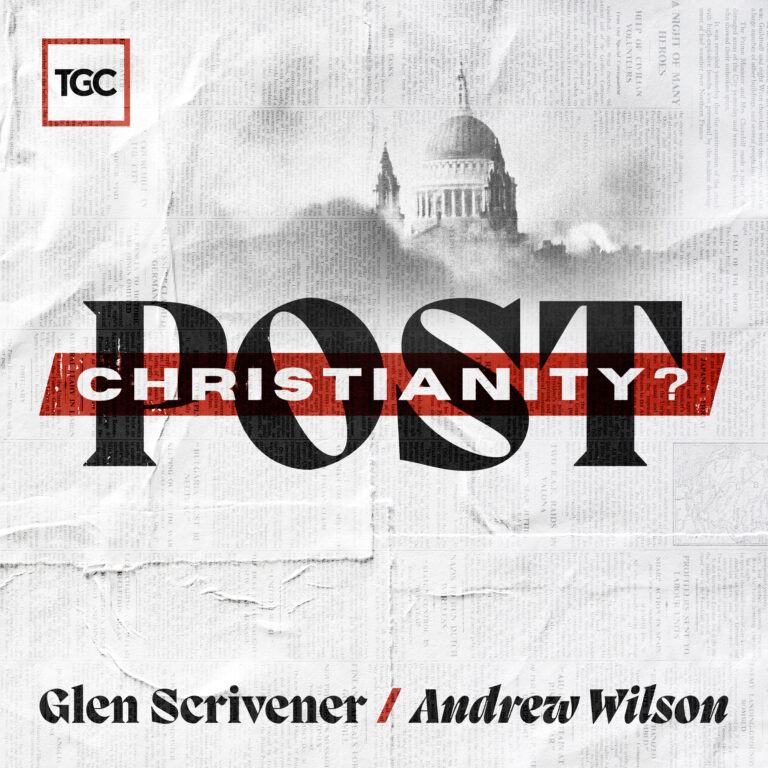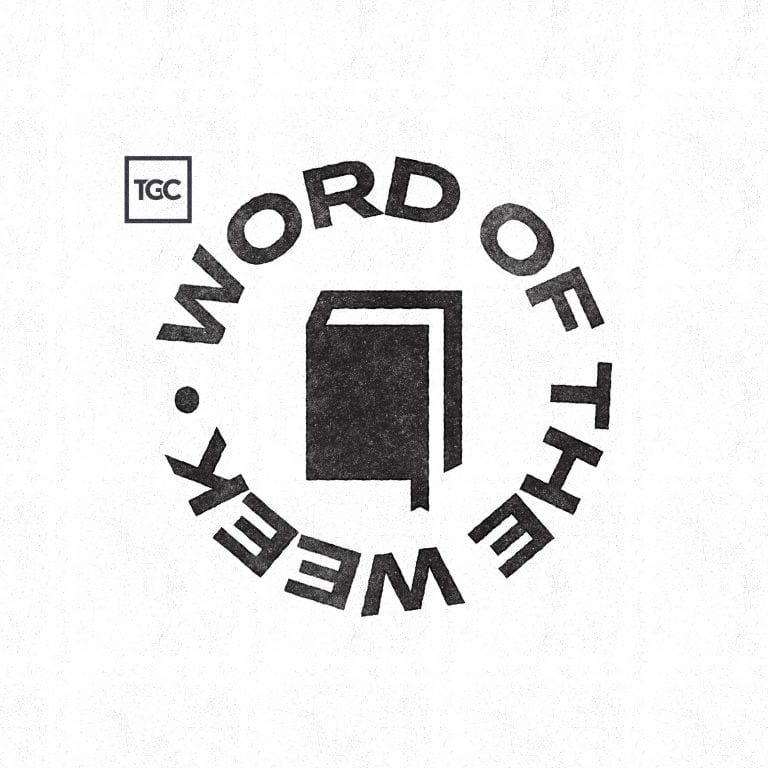As a theology professor and pastor, I can recall many conversations around the question, “What’s the relationship between the Bible and theology?” Pastors and laypeople have asked why I teach theology instead of just teaching the Bible. Seminary students have asked about how to incorporate theology into their church ministries. These are good, well-meaning questions, but they arise because we often assume that theology, though good and useful for the church, is somehow downstream from the pure meaning of Scripture.
According to this assumption, the work of historical-grammatical exegesis, which seeks to understand the text by considering the historical circumstances and language of the original author and his message to his original audience, is of first importance while the work of dogmatic theology, articulating doctrines in a theological system, is several steps removed. In this scheme, dogmatic theology is a destination at best, but it has no place on the front end of the interpretive process.
We often assume that theology, though good and useful for the church, is somehow downstream from the pure meaning of Scripture.
In their excellent book Biblical Reasoning: Christological and Trinitarian Rules for Exegesis, Robert Jamieson (associate pastor at Capitol Hill Baptist Church in Washington, DC) and Tyler Wittman (assistant professor of theology at New Orleans Baptist Theological Seminary) lament the assumed dichotomy between biblical interpretation and theology, and they make a compelling case for a better approach.

Biblical Reasoning: Christological and Trinitarian Rules for Exegesis
R. B. Jamieson and Tyler R. Wittman
Biblical Reasoning: Christological and Trinitarian Rules for Exegesis
R. B. Jamieson and Tyler R. Wittman
Biblical Reasoning shows how Christology and the doctrine of the Trinity are grounded in Scripture and how knowledge of these topics is critical for exegesis. It focuses on the continuity of Scripture’s judgments with later doctrinal formulations, promoting a mutually informative relation between exegesis and theology born from attention to Scripture’s primary acting subject: God revealed in Christ.
The authors explain that evangelical theology still maintains too sharp a divide between reading Scripture and formulating doctrine. A necessary means for overcoming this divide is attending to the grammar of Scripture’s speech about Christ and the Trinity. Biblical Reasoning outlines key theological principles and rules for the exegesis of Christian Scripture. The authors explore how the triune God revealed in Christ shapes Scripture and its readers and how doctrinal rules intrinsic to Scripture help guide exegesis. The goal of biblical reasoning is the goal of Scripture itself: to shape readers into disciples who pursue the vision of the triune God in Christ.
Biblical Reasoning helps readers understand that theology should be more exegetical than many theologians think, and that exegesis should be more theological than many exegetes allow. It enables students to integrate what they learn in their biblical studies and systematic theology classes, making it an ideal textbook for hermeneutics and interpretation courses.
What Is Biblical Reasoning?
Building on the seminal ideas of John Webster, Jamieson and Wittman contend that dogmatic (or systematic) theology is itself an act of biblical interpretation. As they use the term, “biblical reasoning” refers to redeemed people’s understanding of holy Scripture as God’s Word. It’s an umbrella term that necessarily includes two distinct acts of redeemed reason: exegetical reasoning and dogmatic reasoning. Jamieson explains, “Exegetical reasoning attends to the order and flow of the text, following its twists and turns” (xvii). It thus corresponds to historical-grammatical exegesis. Dogmatic reasoning, on the other hand, “attends to the theological claims of the text, looking along and with the text to discern the ultimate reality to which it bears witness” (xvii). It thus corresponds to systematic theology.
Neither act of reasoning “is complete without the other; both move from and toward one another in a continual, mutually informative exchange” (xvii). While it’s true that exegetical reasoning is “theologically and epistemologically primary” (xviii), one shouldn’t think of exegesis as simply the first step with dogmatic reasoning as a distant synthesis of exegetical observations, or worse, as a serious misstep away from the meaning of Scripture. Jamieson contends, “Theology is . . . not a movement away from Scripture toward some distant logical synthesis. Instead, theology thinks from Scripture, with Scripture, to Scripture. Scripture is thus systematic theology’s origin and goal” (xviii).
Theology thinks from Scripture, with Scripture, to Scripture.
With this foundational understanding in place, Jamieson and Wittman devote the bulk of their book to articulating and expounding seven principles and 10 rules of biblical interpretation. When assembled, the principles and rules are a toolkit to aid disciples in the task of reading Scripture well, that is, in the task of biblical reasoning.
Do We Need Theological Rules for Exegesis?
But is a toolkit of christological and Trinitarian rules needed to regulate a Christian’s reading of Scripture? Some readers will wince at the thought, fearing that imposing one’s theological precommitments on a text might diminish a careful reading of Scripture on its own terms. Jamieson and Wittman are sensitive to this concern and helpfully distinguish between two kinds of rules, extrinsic and intrinsic. An extrinsic rule is one imposed from without. An intrinsic rule, on the other hand, is a rule derived from observation, like the rule “life = breath” in human beings. That living human beings breathe isn’t a command imposed on human life. It’s an observable truth, and knowing this rule can be critical for a parent, lifeguard, or EMT, for example, to make “rapid, reliable judgments about what a situation calls for” (xxi–xxii). Jamieson and Wittman maintain that the rules and principles they spell out are not extrinsic but intrinsic in nature.
The rules emerge from what C. Kavin Rowe calls “biblical pressure,” the influence Scripture exerts on readers that both enables and requires confessional theological convictions. The biblical text itself compels readers to read within the bounds of a revealed framework such as the belief that “the God of Israel is the triune God who reveals himself in Jesus” (xxiii).
Jamieson and Wittman tell us that intrinsic, theological rules for exegesis aren’t new. Rather, their use is the critical retrieval of a practice forgotten with the triumph of modernism over the last two centuries. Giants of Christian theology from the patristic, medieval, Reformation, and post-Reformation epochs of church history approached the text of Scripture in this ruled way.
No single thinker has been more influential in this regard than Augustine of Hippo, who famously articulated a series of theological rules for reading Scripture with regard to the person of Christ and the nature of God in De Trinitate. Jamieson and Wittman consciously stand on the shoulders of Augustine and countless others, but they do so with grateful appropriation of the tools of modern biblical scholarship and the benefit of historical-grammatical tools unknown to Christians from a previous generation.
Rules at Work
It’s beyond the scope of this review to survey each of the principles and rules delineated in the book, but I’ll briefly discuss one to give you a taste of how the rules function as a regulative guide for exegesis. Jamieson and Wittman’s third rule, the “God-fittingness rule,” states, “Biblical discourse about God should be understood in a way appropriate to its object, so read Scripture’s depictions of God in a manner that fits the canonical portrait of God’s holy name and his creation of all things out of nothing” (63).
In his exposition of this rule, Wittman makes the case that the holiness of God, an idea that communicates metaphysical transcendence, is grounded in the foundational and repeated biblical claim that God is the Creator of all things out of nothing (ex nihilo). This doctrine exerts pressure on readers to understand all the Bible’s statements about God in a way that doesn’t contradict or undermine his transcendence as Creator.
Giants of Christian theology from the patristic, medieval, Reformation, and post-Reformation epochs of church history approached the text of Scripture in this ruled way.
Wittman demonstrates how this rule functions by exploring a biblical conundrum that has troubled many scholars, pastors, and laypeople: What is meant when the biblical authors use the Hebrew word nḥm to describe God as “relenting,” “regretting,” or “changing his mind” (see Gen. 6:6; Ex. 32:14; 1 Sam. 15:11, 29, 35)?
Wittman acknowledges that this language creates a tension with the Bible’s affirmation of God’s creation ex nihilo. If the language of God changing his mind is understood in a literal way, this would undermine biblical claims about “the Creator’s qualitative distinction from all things” (66). So, rightly applied, the “God-fittingness” rule tells readers that the language of “relenting” isn’t spoken literally. Instead, God is here described in anthropomorphic (or humanlike) terms to help readers understand his severity toward sin. Using this rule, the question of God’s relenting is resolved by the Bible’s own testimony, not an arbitrary philosophical precommitment.
Indispensable Toolkit for Exegete and Theologian
The rules and principles laid down and expounded in Biblical Reasoning provide Christians with a toolkit that achieves the authors’ stated goals “to enable better exegesis” and “to see God” (xvii). The tone of the book is irenic but strong, its content learned but scintillating, and its conclusions a great gift to the church.
The book is an academic work written for biblical scholars and theologians, but the prose is fluid and clear, making it accessible to and relevant for pastors and other Christians charged with the regular task of communicating biblical truth to God’s people. The expertise and clarity with which the principles and rules are organized and articulated make this book highly significant. May it shape the exegetical and theological work of scholars, pastors, and Christian disciples for generations.




























